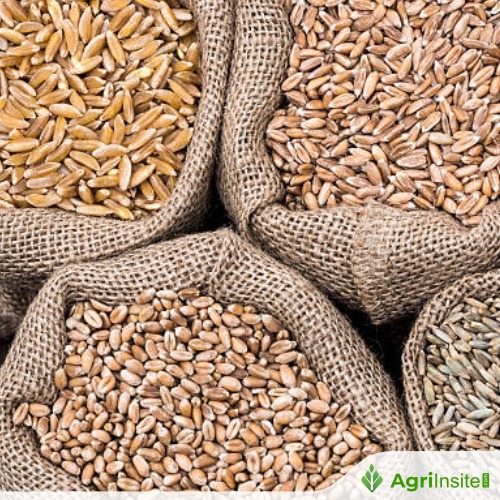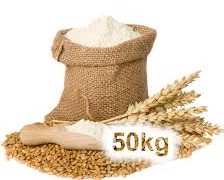Russian wheat prices jump to highest since June on falling supply

Russian wheat prices have hit their highest since June due to reduced supply and an export quota from Feb. 15. Exports are slowing, and a higher export tax is adding pressure. While FOB prices rise, falling freight costs offset some impact. Buyers seek alternatives like Argentina and Australia, while Black Sea region supply remains tight.
The price of Russian wheat has surged to its highest level since June, driven by a notable decrease in supply, according to data from S&P Global Commodity Insights.
This is further complicated by an export quota set to be implemented from Feb. 15, which will limit Russia’s wheat exports for the remainder of the marketing year to approximately 10.6 million mt. That would be a reduction from the 28 million mt of total grains set last year, which did not give a breakdown for different grains.
Exports are beginning to slow down as a result: Russia is forecast to export 2.1 million mt in January, down from 3.6 million mt a year earlier, and 2.5 million mt in February, down from 4.4 million mt a year earlier, according to analyst sources based in Russia.
Platts, part of Commodity Insights, assessed the price of FOB Russian wheat 12.5% at $243/mt for loading in the second half of February and the first half of March on Jan. 30. The assessment was last higher in June, when the country was hit with frosts and droughts that cut production to 81.6 million mt, down from 90.5 million mt a year earlier, according to Platts Analytics. Russia is expected to export 45 million mt of wheat in this marketing year (June-July), down from 54.7 million mt the previous year as a result of lower production.
In addition to the export quota, the Russian agriculture ministry has set a variable export tax for wheat at Rb4,430/mt, effective Jan. 29, up from Rb2,845/mt in early June.
As prices rise, some buyers are holding back, looking to more competitive offers from Argentina and Australia.
“I have demand for Russian wheat, but the prices are too high for me at the moment,” one buyer said. “I will do the same as all other buyers and wait for Russian wheat to come down.”
However, while FOB prices are on the rise, freight prices are falling, traders said. This trend indicates that the lower freight costs are offsetting the higher FOB prices of wheat when adding the overall CIF costs to the equation.
“Freight is still falling and CIF values are still going lower,” one trader said. Another trader said: “Freight has decreased significantly by 25-30%. But FOB might increase faster, as it is holding steady and gaining momentum.”
In the broader Black Sea region, supply remains constrained. Ukraine has approximately 5.5 million mt of wheat left under an export quota set at 16.2 million mt set by the agriculture ministry, while Romania and Bulgaria have about 3.5 million-4 million mt available. Traders in Romania indicated that farmers have already sold much of their stock before the new year, resulting in a lack of available supply to meet new demand.
Platts assessed the price of Ukraine wheat 11.5% at $236/mt, the highest price since June, and FOB CVB 12.5% and 11.5% at $247.50/mt and $244.50/mt, the highest prices since the end of December and June, respectively.
To read more about Wheat News continue reading Agriinsite.com
Source : S&P Global

















